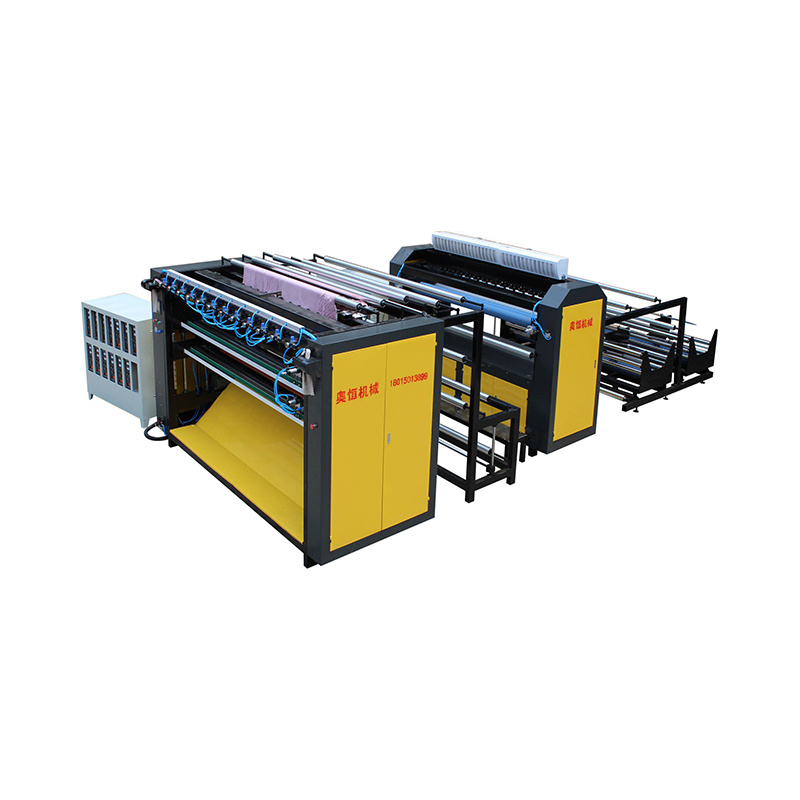Request A Quote

Cutting fabric machines are essential tools in the textile, apparel, upholstery, and technical fabric industries. Their primary function is to cut fabrics accurately and efficiently according to desired patterns, while minimizing waste. One of the main challenges in fabric cutting is maintaining consistent precision across different fabric types and thicknesses. Understanding how cutting fabric machines address this challenge is crucial for manufacturers aiming for high-quality results and efficient production.
Content
The cutting mechanism is central to precision. Modern fabric cutting machines use rotary blades, straight blades, or laser cutting systems, each capable of handling different materials. To maintain accuracy, machines allow operators to adjust blade height, angle, and pressure based on the fabric’s thickness and density.
CNC-controlled machines automate these adjustments, detecting fabric properties through sensors or pre-programmed settings, ensuring consistent performance without manual recalibration for each fabric type.

Another key factor in precision is the fabric holding and feeding system. Fabrics can stretch, shift, or bunch during cutting, which compromises accuracy. To prevent this:
Some advanced machines include tension-sensing technology, which adjusts feeding speed or clamp pressure dynamically based on fabric behavior, ensuring the cut line remains consistent even with stretchy or slippery materials.
Cutting machines often work with multiple fabric layers simultaneously to increase productivity. Maintaining precision across layers requires careful stacking, alignment, and pressure distribution. High-end machines use laser guides or vision systems to detect edges and ensure all layers are aligned before cutting. This reduces discrepancies caused by differing fabric compressibility or thickness variations.
Modern fabric cutting machines increasingly rely on automation and sensors to handle diverse fabrics. These technologies include:
Such automation minimizes human error and allows machines to maintain consistent precision across a wide range of materials, from delicate silks to heavy technical textiles.
Software integration plays a significant role in precision. Cutting machines often connect to CAD or pattern-making software, which calculates optimal cutting paths, blade angles, and feed rates based on the fabric type and thickness. This ensures that cuts are smooth, accurate, and efficient, and that material is used with minimal waste.
Even with advanced automation, regular maintenance and calibration are critical. Blades must be sharpened or replaced, and sensors recalibrated to handle the mechanical and thermal effects of cutting different fabrics. Proper maintenance ensures that the machine’s cutting precision remains consistent over time, regardless of fabric variations.
A cutting fabric machine maintains consistent precision across different fabric types and thicknesses through a combination of adjustable blades, fabric clamping and feeding systems, layered cutting techniques, sensor-based automation, software integration, and regular maintenance. By optimizing these factors, manufacturers can achieve high-quality cuts, minimize material waste, and increase productivity, whether working with delicate silks, thick textiles, or multi-layered materials.
Copyright © ChangZhou AoHeng Machinery Co., Ltd. All Rights Reserved

 English
English 中文简体
中文简体 русский
русский Español
Español